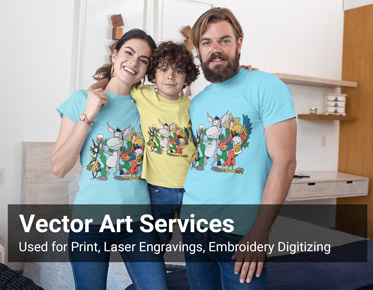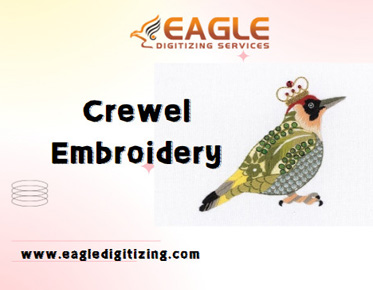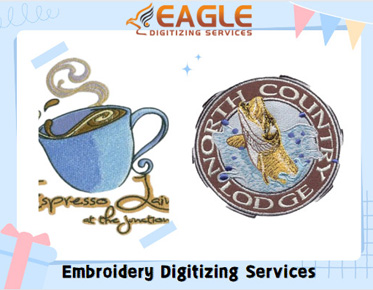Is Your Vector File Optimization Game Strong for Web and Print Success?
Introduction
In the dynamic realm of digital design, optimizing vector artwork files stands as a pivotal practice for achieving impeccable results across both web and print platforms. As technology continues to evolve, understanding the intricacies of vector file optimization becomes increasingly essential for designers aiming to deliver visually striking and high-quality graphics. This article embarks on a journey to explore the art and science behind optimizing vector files, uncovering techniques and strategies to ensure clarity and precision in diverse design projects.
Definition
and Characteristics
At the core of digital design, vector files emerge as a cornerstone, defined by their unique composition of mathematical equations that articulate shapes and lines. Unlike their raster counterparts, which rely on a grid of pixels, vector files offer unparalleled scalability without compromising on clarity. This inherent characteristic makes them the preferred choice for various design applications, from logos and icons to intricate illustrations.
Advantages
over Raster Images
The superiority of vector files over raster images lies in their ability to maintain crispness and clarity at any size. While raster images tend to pixelate when scaled, vector graphics retain their sharpness, making them ideal for designs requiring scalability and precision. This advantage positions vector files as indispensable assets in the arsenal of every discerning designer.
Resolution
and Color Modes
Web and print optimization present distinct challenges and considerations, primarily concerning resolution and color modes. Print projects demand higher resolutions and specific color profiles like CMYK to ensure faithful color reproduction. In contrast, web optimization revolves around RGB color mode and lower resolutions to facilitate faster loading times and seamless digital experiences.
File
Formats and Compression Techniques
Navigating the intricacies of file formats and compression techniques is paramount in the realm of vector file optimization. While print projects often favor formats like EPS or PDF for their compatibility and quality, web optimization leans towards SVG, PNG, or JPEG for their efficient file size and loading speed. Employing compression techniques tailored to each medium's requirements further enhances the optimization process.
Adjusting
Color Profiles
Print optimization unfolds as a meticulous process of adjusting color profiles to ensure precision and fidelity in color reproduction. Calibration and fine-tuning are imperative to match the intended hues and achieve optimal print results that resonate with the viewer.
Handling
Text and Fonts
In the realm of print projects, the handling of text and fonts demands utmost attention to detail. Preventing issues such as font substitution or loss of readability requires strategic maneuvers, such as converting fonts to outlines or embedding them within the file, thereby preserving consistency across various printing platforms.
Scaling
and Resolution Considerations
Print optimization extends to considerations of scaling and resolution, crucial elements in ensuring the final product's sharpness and clarity. Balancing these factors meticulously guarantees that the design maintains its integrity and impact across different print sizes and formats.
Reducing
File Size for Faster Loading
The crux of web optimization lies in reducing file sizes to enhance loading speed and user experience. Techniques such as simplifying shapes, minimizing unnecessary details, and deploying efficient compression algorithms play a pivotal role in achieving swift loading times without compromising visual appeal.
Choosing
the Right File Formats
Selecting the appropriate file format is pivotal in the landscape of web optimization. While SVG reigns supreme for its scalability and compact file size, formats like PNG and JPEG cater to raster-based elements like photographs, ensuring optimal compatibility and performance across diverse web environments.
Optimizing
for Responsive Design
In the era of mobile dominance, optimizing vector files for responsive design emerges as a strategic imperative. Seamlessly adapting graphics to varying screen sizes and resolutions elevates the user experience, fostering engagement and retention across a spectrum of devices.
Compatibility
Across Devices and Platforms
Achieving compatibility across an array of devices and platforms stands as a formidable challenge in vector file optimization. Rigorous testing and meticulous adjustments are indispensable to ensure consistent rendering and user experience across diverse digital landscapes.
Maintaining
Quality at Different Resolutions
The pursuit of maintaining quality at different resolutions underscores the complexity ofvector file optimization, particularly in print projects. Iterative testing and refinement are essential to uphold visual integrity and clarity across an array of output sizes and formats.
Balancing
Quality and File Size
The delicate balance between quality and file size permeates every facet of vector file optimization. Striking the right equilibrium ensures optimal performance and user experience without sacrificing visual fidelity, a pursuit that demands astute judgment and meticulous attention to detail.
Overview
of Vector Editing Software
A comprehensive suite of vector art editing software, led by stalwarts like Adobe Illustrator, offers designers a robust toolkit to navigate the intricacies of vector file optimization. Alternatives such as CorelDRAW and Inkscape further enrich the creative landscape, empowering designers with versatile solutions tailored to their needs.
Plugins
and Extensions for Streamlined Workflow
Augmenting the optimization journey is an array of plugins and extensions designed to streamline workflows and enhance productivity. From batch processing and automated compression to seamless integration with other software platforms, these tools unlock new dimensions of efficiency and creativity.
Online
Platforms for Collaboration and Sharing
Facilitating seamless collaboration and sharing are online platforms like Figma and Adobe Creative Cloud. Real-time editing capabilities coupled with cloud storage empower design teams to collaborate effortlessly, fostering innovation and synergy in the optimization process.
Organizing
Layers and Groups
Anchoring the optimization process are best practices such as organizing layers and groups within vector files. Imbuing structure and coherence within the file hierarchy streamlines workflows and enhances clarity, fostering a conducive environment for iterative refinement.
Utilizing
Clipping Masks and Pathfinder Tools
Harnessing the power of clipping masks and Pathfinder tools unlocks a realm of creative possibilities while optimizing vector files. These tools facilitate the creation of intricate shapes and effects, enriching the visual narrative while minimizing file size and complexity.
Incorporating
Smart Objects and Effects
Smart objects emerge as invaluable assets in the optimization toolkit, offering non-destructive editing and unparalleled versatility. The seamless integration of effects like gradients and shadows further elevates the design narrative, imbuing it with depth and sophistication.
Evaluating
Trade-offs Between Quality and File Size
At the heart of vector file optimization lies the art of evaluating trade-offs between quality and file size. Navigating compression techniques and resolution adjustments with precision ensures optimal performance and user experience without compromising visual fidelity.
Testing
Across Various Devices and Resolutions
Comprehensive testing across an array of devices and resolutions serves as the litmus test for optimization success. Real-world simulations and emulation tools unveil insights into compatibility and rendering, empowering designers to refine their creations with precision and foresight.
Iterative
Optimization for Continuous Improvement
Embracing an ethos of continuous improvement, iterative optimization paves the path for refinement and innovation. Each iteration offers new insights and opportunities for enhancement, culminating in vector files that embody the epitome of clarity, precision, and visual excellence.
In a landscape characterized by perpetual evolution and innovation, the optimization of vector files emerges as a linchpin for success in web and print endeavors. By unraveling the complexities and nuances of vector file optimization, designers can chart a course toward crispness, clarity, and visual brilliance, transcending boundaries and captivating audiences across diverse mediums.
In the dynamic realm of digital design, the
optimization of vector art files serves as a
gateway to unparalleled clarity and precision. By mastering the techniques and
strategies outlined in this article, designers can embark on a transformative
journey towards web and print success, armed with the tools and insights to
captivate audiences and leave a lasting impression.



